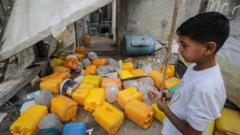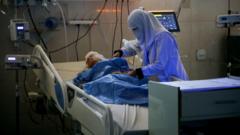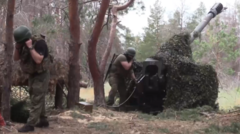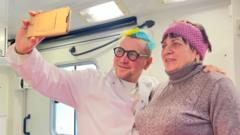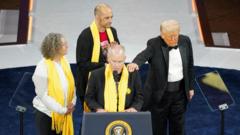With over a million Vietnamese soldiers still unaccounted for, advanced DNA techniques are now being employed to find their identities, drawing the attention and involvement of the U.S. and global efforts to account for missing persons.
Reviving the Past: Advances in DNA Technology Can Identify Vietnam's Missing Soldiers

Reviving the Past: Advances in DNA Technology Can Identify Vietnam's Missing Soldiers
As the U.S. and Vietnam collaborate on a breakthrough in DNA analysis, new hopes rise for identifying the remains of soldiers lost in past conflicts.
In the shadowy corners of Tra Linh Cemetery in northern Vietnam, the efforts to identify the missing soldiers from the Vietnam War have taken a poignant turn. It’s a hot June afternoon, and scientists collect bones hidden beneath the earth, their white lab coats stained with reddish mud. The endeavor represents a significant shift in the quest to honor not only the fallen American soldiers but also the Vietnamese lives lost in the conflict, with numbers exceeding one million.
The intricate work is part of a broader mission that has emerged from recent breakthroughs in DNA testing. Researchers have discovered methods to analyze small DNA samples extracted from bones that have endured decades of degradation in Vietnam's harsh, acidic soil. This scientific leap allows for connections to be made between the remains of soldiers and their living relatives, fostering a sense of closure for families whose grief has spanned generations.
Families from both northern and southern Vietnam, who have wrestled with untold pain even half a century after the war's conclusion, might soon find solace. The initiatives underway aim not just to identify local heroes but extend these DNA methods to a global scale, assisting in uncovering the identities of those lost to natural disasters and other traumatic events.
Tim McMahon, leading DNA operations at the U.S. Defense Department, hailed the new approach as "groundbreaking," marking a pivotal advancement in missing persons identification. The alliance between Vietnam’s endeavors and U.S. support illustrates a growing recognition that technological innovations can lead to healing and reconciliation. As this collaboration unfolds, the hope remains that the past may yet reveal its secrets, offering peace to families on both sides of the Pacific.



